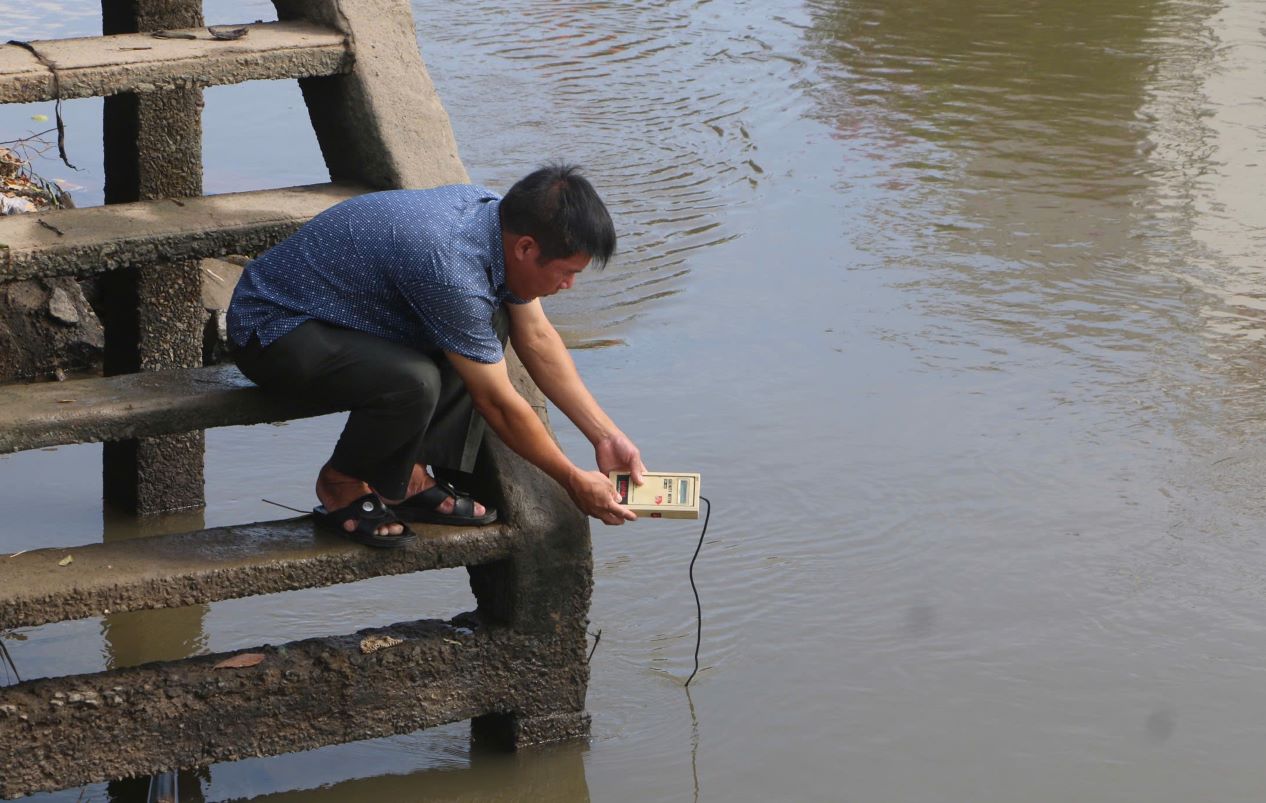According to the National Center for Meteorological Forecasting, from 11 - 20.2, saline intrusion in the Mekong Delta increased to February 16, then gradually decreased. The highest salinity at the stations is lower than the highest salinity in February of February, only some stations in Ca Mau have higher salinity.
Saline depth of 4 ‰ during this period was likely to penetrate deep into the main river estuaries from 30-55km. In particular, Vam Co Dong River, Vam Co Tay from 45 - 55km. Cua Tieu River, Cua Dai from 40 - 45km. Ham Luong river, Co Chien and Hau rivers are from 45 - 55km. Cai Lon River is from 30-40km.
Experts predict the water source and saline intrusion trend in the Mekong Delta in the dry season in 2024 - 2025 will be higher than the average for many years, but not as harsh as the years 2015 - 2016 and 2019 - 2020.
Saline intrusion increased in the Mekong Dynasty's estuary possibility in February to March 3, 2025 (from 10 - 16.2; 27.2 - 4.3); Vam Co rivers, the big one in March 4-2025 (from 10 - 15.3; 29.3 - 2.4; 27.4 - 1.5).

The situation of saline intrusion in the Mekong Delta depends on the water source from the upstream of the Mekong River, the tide and still fluctuating in the coming time. The localities in the Mekong Delta region should promptly update the information forecasting hydro -meteorological gas and take initiative to prevent saline intrusion; It is necessary to take advantage of the storage of fresh water when the low dynasty serves agriculture and people.











